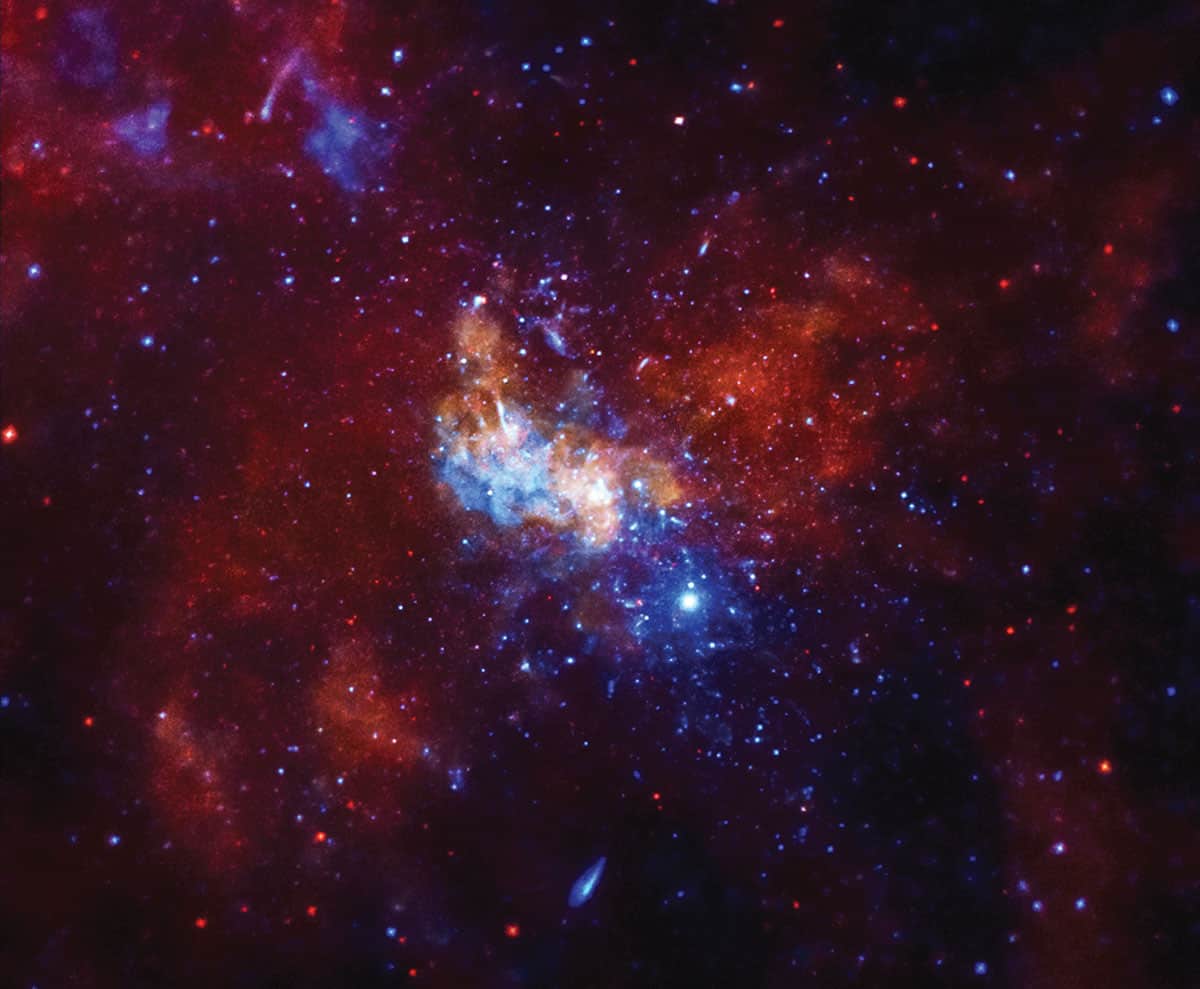Solitary stellar-mass black hole found wandering through the Milky Way
03 Feb 2022

An international group of astronomers believe they have discovered the first “isolated” stellar-mass black hole wandering through interstellar space. The team used the Hubble Space Telescope to reveal the black hole, which lies roughly 5000 lightyears away in the constellation Sagittarius.
Black holes with masses comparable to stars have been detected in our galaxy before, but their presence has always been inferred either by their interactions with a companion star, which create a glow at X-ray wavelengths, or from the gravitational waves that are produced when they collide. This new finding, however, is the first time that one has been clearly identified in isolation.
This kind of work is incredibly important in that it contributes towards a complete census of the black hole populationVivienne Baldassare
The discovery was made using a technique known as “astrometric microlensing”, which uses the fact that a mass moving through space can act like a gravitational lens. This lens distorts both the brightness and, crucially, the apparent position of stars along the line of sight of the observer far beyond the mass itself.
For years astronomers have been carefully watching Milky Way “star fields” looking for these characteristic deflections and brightness changes. In 2011 such a warping of a distant star was caught by telescopes in New Zealand and Chile. That event was intriguing enough that it set in motion an extensive follow-up study, using Hubble, to examine how the background star’s light was being shifted and what might be causing it.
“We had to continue observing, once every six months to a year, for six years,” says Kailash Sahu from the Space Telescope Science Institute in Baltimore, US, who is lead author of the new study.
Hubble’s capabilities allowed Sahu and colleagues to measure the apparent tweaking of the star’s position with an extraordinary precision of roughly 0.2 milli-arcseconds. “[That is] about 10 million times smaller than the diameter of the full Moon,” explains Martin Dominik, one of the researchers involved with the study, who is based at the University of St Andrews, UK.
Getting a kick
The amount of deflection observed during the six-year study suggests that the object creating the gravitational lens has a mass about seven times that of the Sun. The scientists argue this mass cannot be a regular star or a multiple star system because there would be radiation visible from those phenomena – and no such light has been detected. It’s also too hefty to be a stellar remnant known as a white dwarf.
“Moreover, the inferred mass is too large for the gravitational lens being a binary neutron star,” adds Dominik. This and other evidence, the team say, points to the object being a solitary stellar-mass black hole.
One intriguing quirk of the black hole is that its speed through the Milky Way is a staggering 162 000 kilometres per hour. That, according to Sahu, means it is outpacing “almost all” the stars in its surroundings. “Since none of the other stars are moving this fast, we think this must be because [the black hole] got a ‘kick’ during the supernova explosion that produced [it],” he says.READ MORE

Vivienne Baldassare, a black hole expert at Washington State University in the US, who was not involved in the new study says it is a “remarkable result” and an “impressive” feat of observational astronomy. “This kind of work is incredibly important in that it contributes towards a complete census of the black hole population and towards understanding the formation and evolution of stellar-mass black holes,” she says. “Future events should be discoverable with facilities like the Vera C. Rubin Observatory, which will allow us to further constrain the number of stellar-mass black holes in our galaxy and their properties.”
Will Gater is a science writer based in the UK
FROM PHYSCSWORLD.COM 4/2/2022
Δεν υπάρχουν σχόλια:
Δημοσίευση σχολίου